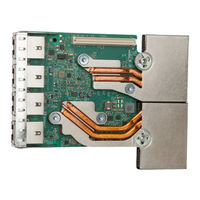Cavium QL41164HMCU-DE Manuals
Manuals and User Guides for Cavium QL41164HMCU-DE. We have 1 Cavium QL41164HMCU-DE manual available for free PDF download: User Manual
Advertisement
Advertisement
